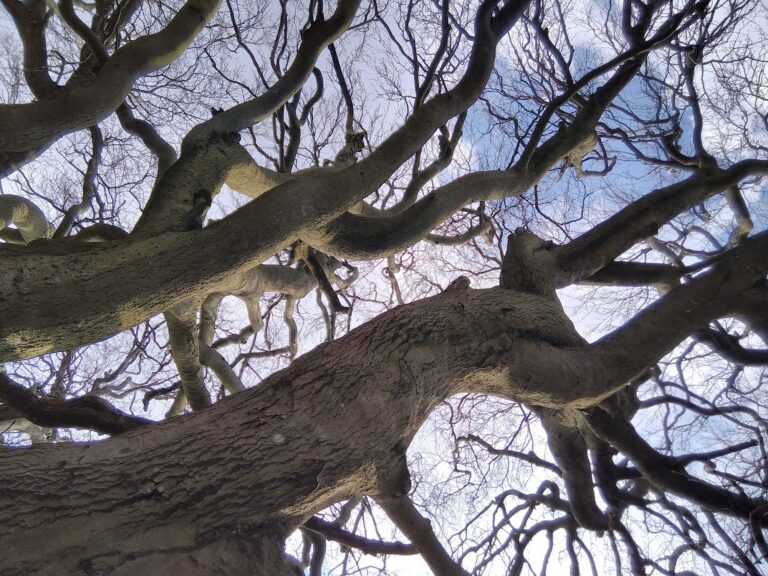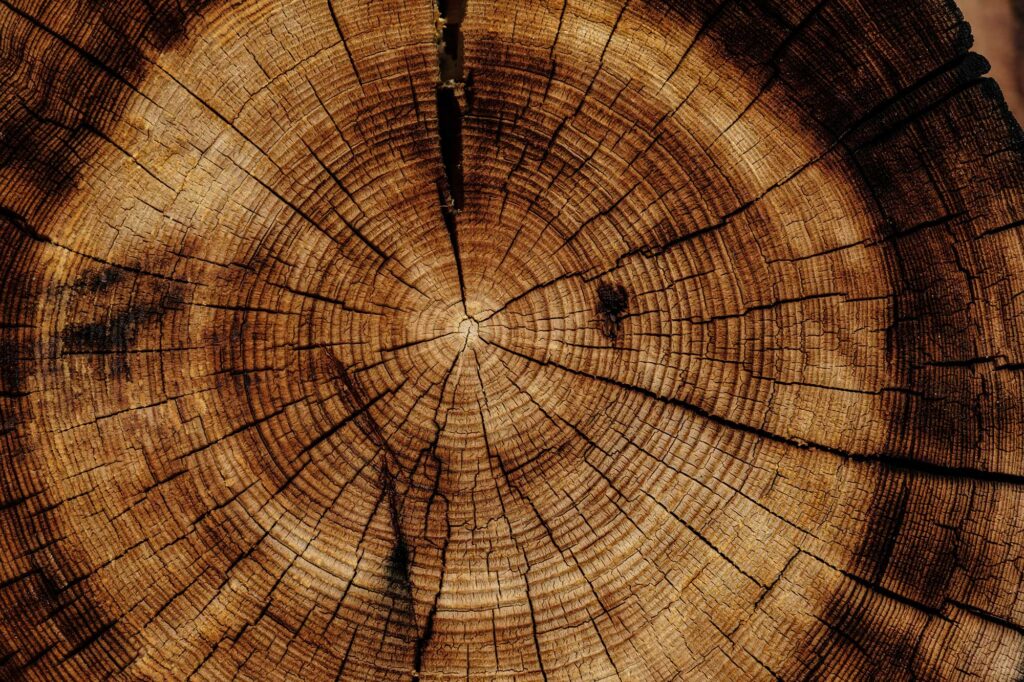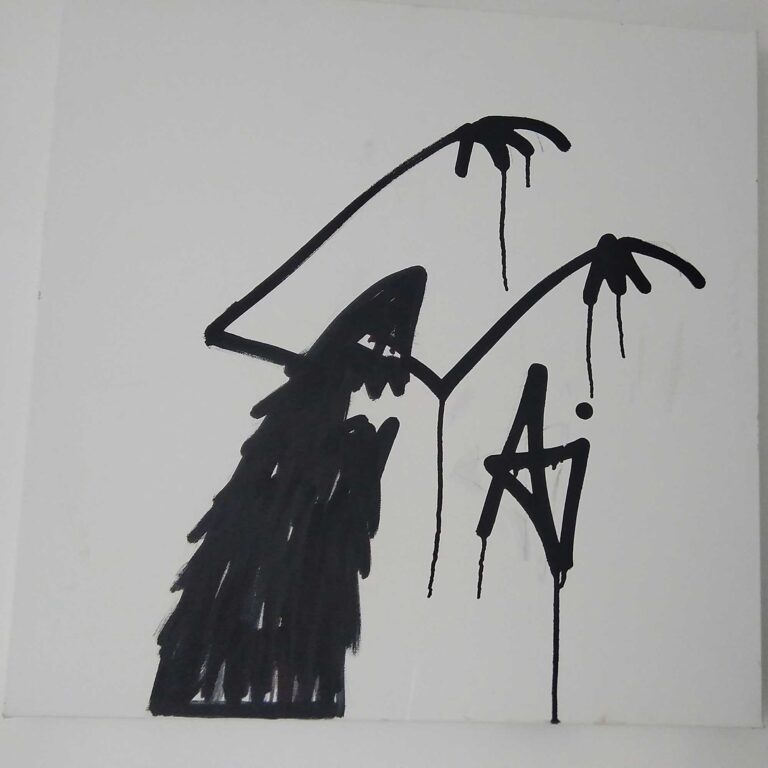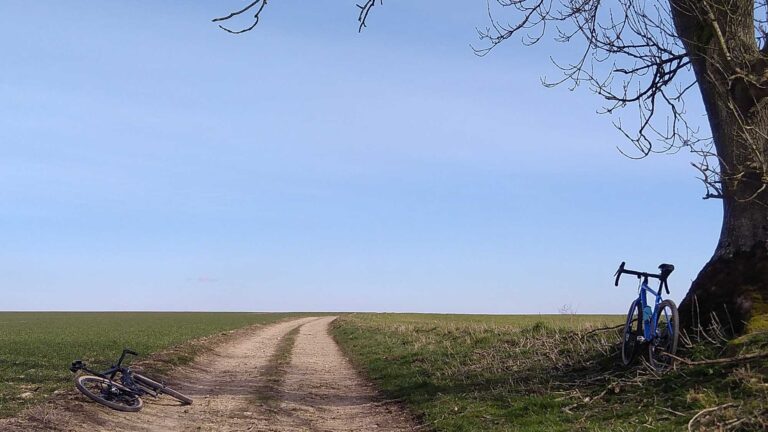| Facsimile
Semiotics

Husserl’s notion of primal impressions should not really be seen (as is sometimes done) as some kind of elemental building blocks or the contents of our perceptions or cognitions. Rather, one should think of the primal impression-retention-protention as that form of consciousness that presents itself as time – time as we live through it – as the living present before it has been appropriated by reflection. Primal impressional consciousness points to the corporeal and temporal nature of existence. At the level of primal consciousness there is not yet objectification of self and world. Lived experience is simply experience-as-we-live-through-it in our actions, relations and situations. Of course, our lived experiences can be highly reflective (such as in making decisions or theorizing) but from a Husserlian phenomenological point of view this reflective experience is still prereflective since we can retroactively (afterwards) subject it to phenomenological reflection.
Only through reflection can we appropriate aspects of lived experience but the interpretability of primal impressional life is already in some sense given by its own givenness. Post-ride, perhaps the day after, the dust on a bike, the empty packets from food, crumpled clothing stuffed into a bag. Encrusted bottles with the last drops of water, all these things tell the story of time that passed. In this way, something as ethereal as the light coating of dust is time, a representation, a symbol of time. Places and moments are evoked. Dust becomes a semiotic. Dust brothers. Shared time.
Time. A finite resource. Time is perceived by modern humans as from a beginning to an end. This is a linear conception of time, or life, as a journey forward, from a start to an end. Beyond the end, the idea of another life, an after life. These notions crystalise thoughts as a linearity. An alternate perspective, one which rejects linearity, is the conception of time as a circle. The cycle or circle perspective lends itself to the constructs of infinity and perpetuation. One might argue that we are born of the earth and return to the earth. We are formed from raw materials of earth and become earth again. Similarities can be drawn with objects in nature. The tree. An acorn comes from the earth, grows into a sapling, then a tree. 200 years of growth, represented in one ring per year, then 300 years of ageing until the tree’s life cycle is ended. It falls. It lies on the ground and mycelium claims it back to the earth. During its life it has produced acorns, which have blown on the wind to land and have then germinated to produce new trees. The same might be thought of for flowers or animals or insects.

Born of the earth when an acorn pushed through the soil in early summer, a child has a synchronicity with the tree. Each year of the child’s life is represented by a new ring in the tree. At twenty rings the child has turned into an adult. After fifty rings the child becomes aged, considered old. Perhaps at seventy rings, the tree durée will continue but the old adult will not. Human life, like human time, is finite. The measure of human life in cycles of spring, summer, autumn and winter is a circle. Circles within a cycle. An ancient oak tree might see 500 summers and 500 winters, a human less than 100. It’s probable that a human may see and experience only 40 adult summers.
Forty of anything is a limited resource. Forty friendships. Forty days. Relative to human life on earth or the age of the rocks, trees and rivers, human life is temporary, finite and brief. When we conceive of time as a circle we can draw solace knowing that we are earth. We return to where we came from, we become of the earth. Earthlings. Both time and us are present in that which we live on. Like rings in the trees, we are parts and particles of the earth. Human beings, being humans. Aboriginal people exist according to ‘here-now’ time. Past and present are one and the same. An individual is the centre of ‘time-circles’ and events are placed in time according to their importance rather than organised or conceived chronologically. more important events are considered ‘closer’ in time.


